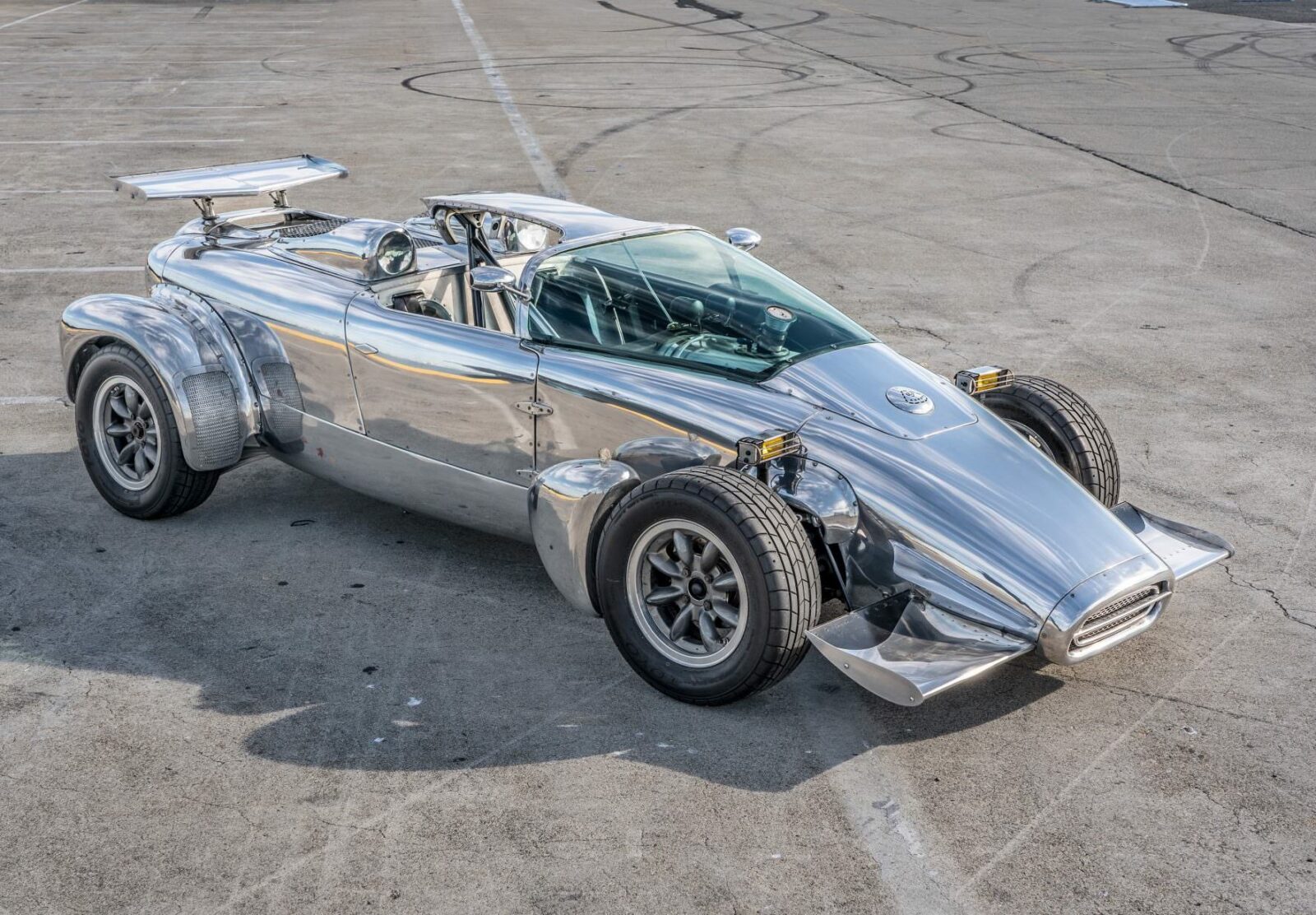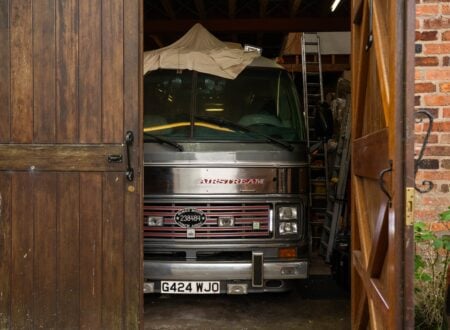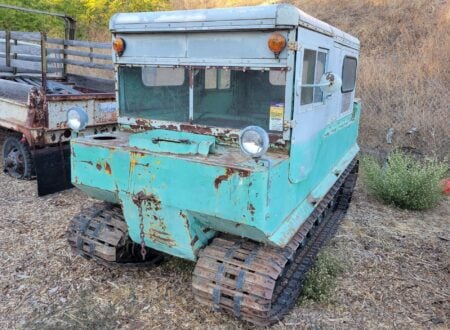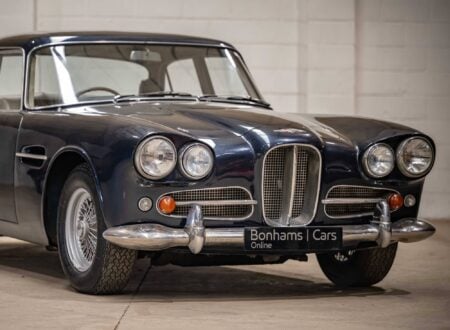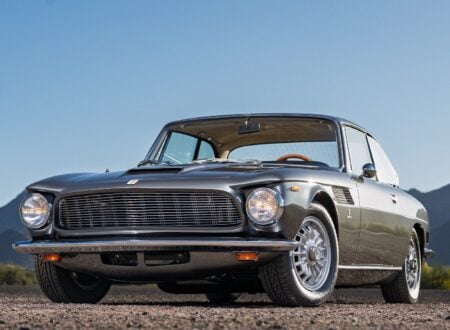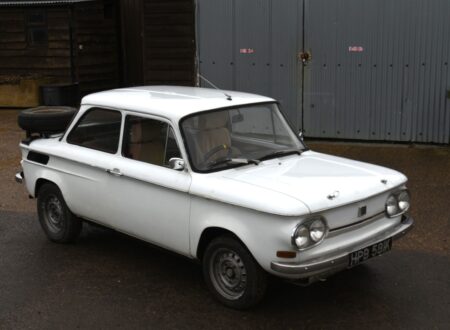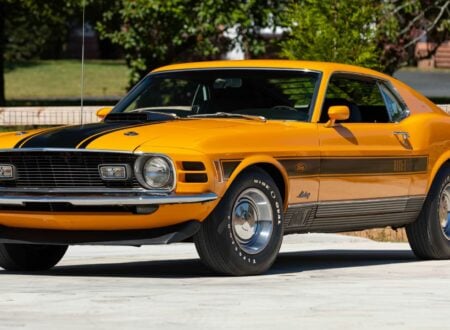This is a Lotus Europa but not like you’ve ever seen it before, it has a new hand-formed aluminum body in place of the fiberglass original, and it’s now powered by a 2.0 liter Zetec DOHC inline-four.
A slew of other changes have taken place under the body, including the addition of more advanced suspension, improved brakes, and adjustable front and rear wings. It’s now being sold out of Piedmont, California with a California title.
Fast Facts – A Bespoke Lotus Europa
- The original Lotus Europa was introduced in 1966, it was hailed as the world’s first mass-produced mid-engined sports car. It was designed and built by the same Lotus who were famous for their Formula 1 team, and the car sold over three primary generations between 1966 and 1975.
- The Europa used the classic Lotus architecture of a steel backbone chassis with a fiberglass body, independent front and rear suspension, and of course, a very low curb weight of just 1,350 lbs or 610 kgs.
- The car was initially powered by the 1.5 liter Renault A1K inline-four producing just 82 bhp, though due to the low weight of the car performance was still brisk. Later versions of the Europa would receive uprated engines, with the final production model being powered by the 1.6 liter Lotus-Ford Twin Cam engine which was good for up to 126 bhp.
- The car you see here is a 1970 Lotus Europa, which means it’s a Series 2 version, but it’s been vastly modified. It now has a new custom alloy body, uprated front and rear suspension and brakes, and a 2.0 liter Zetec DOHC inline-four offering considerably more power than the original Renault engine.
The Importance Of The Lotus Europa
The Lotus Europa was one of the most important British sports cars of its time. It offered mid-engined thrills for not a whole lot of money, back at a time when almost every car on the road still had the engine in the front.
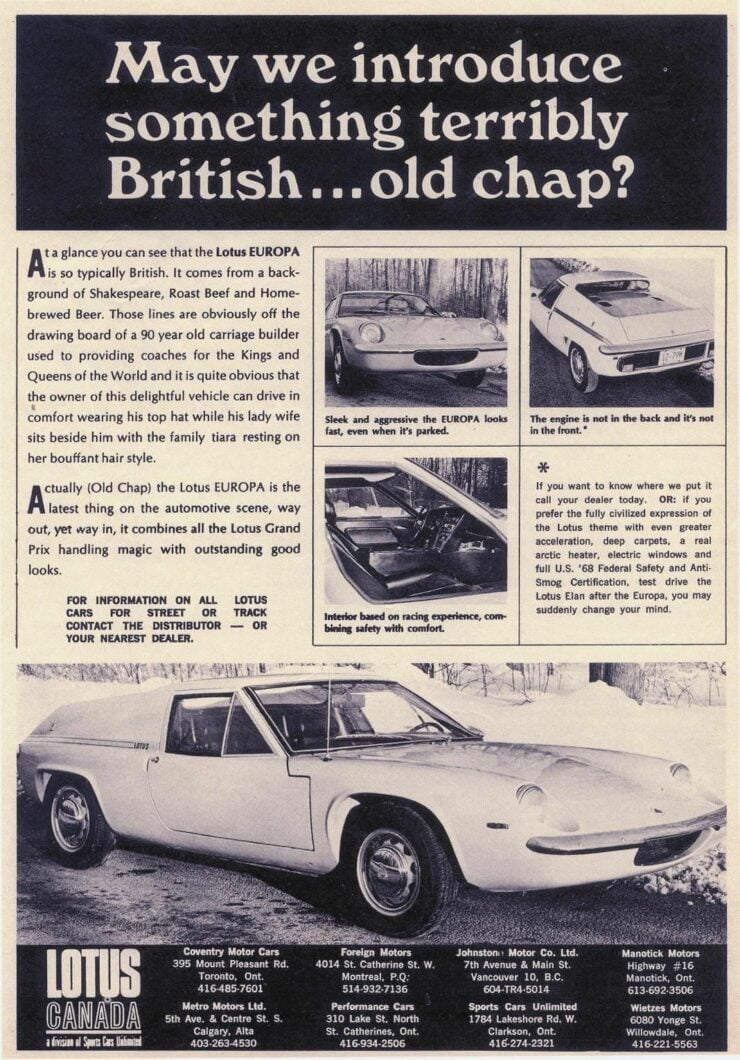

The Lamborghini Miura was released in the same year as the Europa, the cars were targeted at markedly different levels of automotive consumer of course, but they both had one thing in common – a mid-engined layout that was directly inspired by the Formula One and Le Mans cars of the time.
Team Lotus + Formula One
Lotus founder Colin Chapman was famous for his out-of-the-box thinking and his mantra for car design – “add lightness.”
His F1 cars were known for being so lightweight they could be downright fragile, but they were also Formula One World Champions – having won the championship in 1963 and 1965, then again in 1968, 1970, 1972, 1973, and 1978.
One thing that all of those championship winning Lotus F1 cars had in common was that the engine was behind the driver not in front of them.
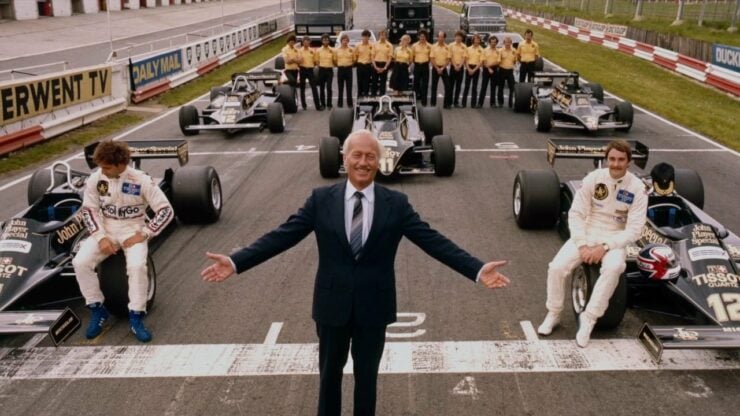

All of the Lotus road cars in production before the introduction of the Europa were front-engined, so if Chapman really wanted to leverage his F1 success into road car sales he needed to develop a cutting-edge mid-engined sports car. And so this is exactly what he did.
Building The Europa
The Lotus Europa was given an innovative lightweight, folded, and welded boxed-steel backbone chassis, interestingly a descendant of this chassis design would be used on both the DeLorean DMC and the later Lotus Esprit.
Finding a suitable engine for the car proved to be an issue, as there just weren’t very many engine/transmission combinations available for a mid-engined layout. Lotus typically bought their engines in from outside suppliers, along with many other off the shelf parts, to save on development and tooling costs.
Chapman and his team eventually settled on the 1.5 liter inline-four cylinder engine used in the Renault 16. The 16 is a front engined front wheel drive car, but it’s a little unusual in that the transmission is attached to the front of the engine.
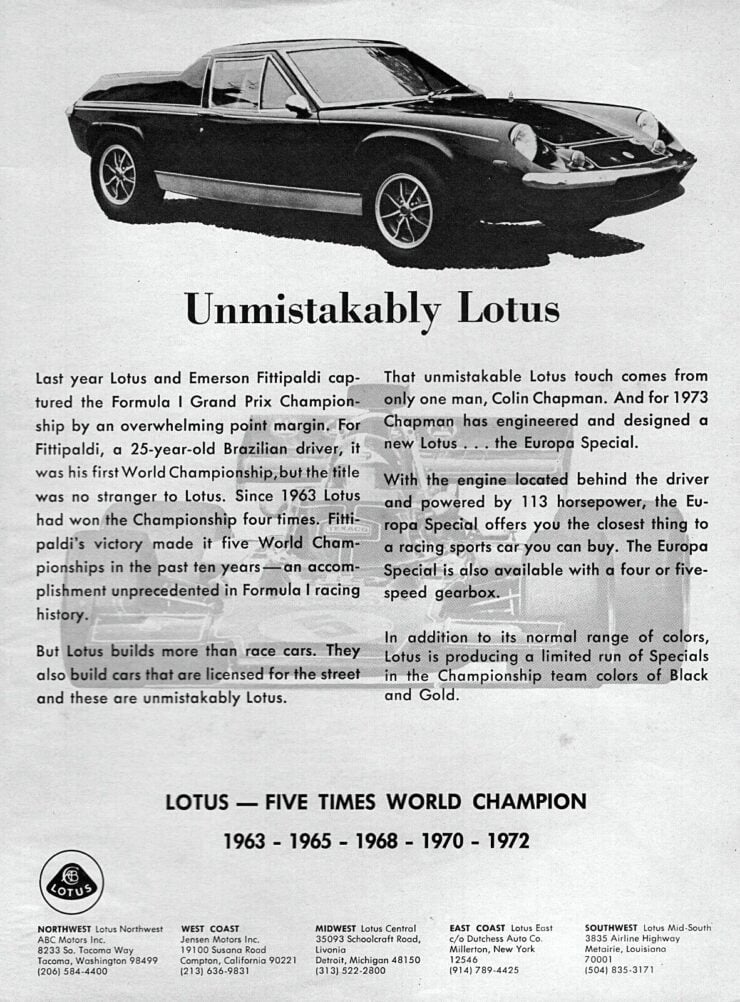

By reversing the orientation of the Renault 16 engine and transmission Chapman ended up with a suitable combination he could use, the only issue being that the gearbox now provided four reverse gears! Once the gearbox had been suitably modified and a donor engine installed in a prototype chassis the concept was proven.
The Lotus Europa was released in 1966 and the world sat up and took notice. Here was an affordable sports car with a lightweight composite fiberglass body, a mid-engine layout, independent front and rear suspension, a curb weight of just 1,350 lbs or 610 kgs, and stop-you-in-your-tracks styling.
If a World Championship winning F1 team today released their own road car with a similar spec sheet and at a similar price point it would cause no less excitement.
In total Lotus made almost 10,000 examples of the Europa, making it their best-selling car ever up until that point in time, and today its highly sight after by enthusiasts.
The Bespoke 1970 Lotus Europa Shown Here
The car you see here would likely be indistinguishable as a Europa, even to an expert in the model, as it’s been so highly modified as to essentially make it an all-new car.
The original Europa chassis was kept but the fiberglass body was fully removed, never to be seen again. A new body was made over a period of two years by carefully shaping sheets of aluminum alloy into the required curves.
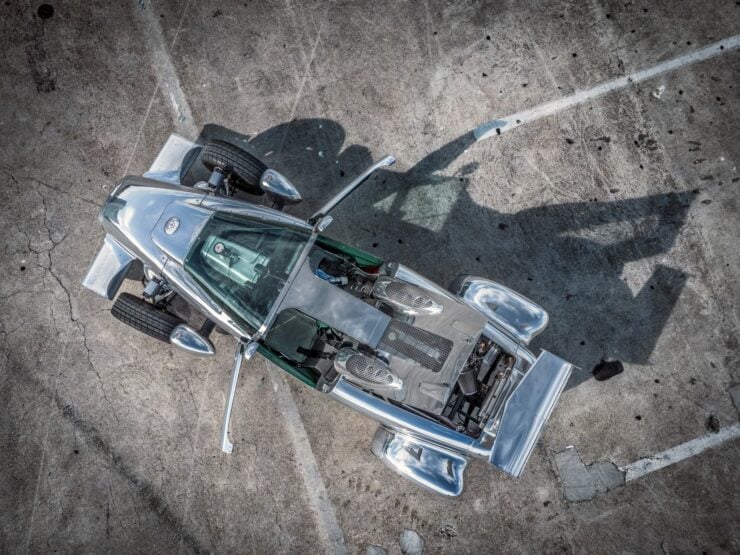

A new windscreen was also designed and made from plexiglass, and the car is now accompanied by a mold so the new owner can make new ones when required.
The original Renault engine is long gone, now replaced by a 2.0 liter Zetec DOHC inline-four which sends power back through a Renault-sourced 5-speed manual transaxle to the rear wheels. The front suspension arms were replaced with chromoly steel tubes, a heavier front sway bar was installed on modified mounting points, and AVO adjustable coilovers have been fitted at all four corners.
Wilwood brakes were fitted up front to provide some much needed stopping power, and the car now rides on Panasport-style 13″ wheels fitted with grippy 205/60 Toyo Proxes RA1 tires.
The car is now being sold out of Piedmont, California with a California title in hand on Bring a Trailer. If you’d like to read more about it or place a bid you can visit the listing here.
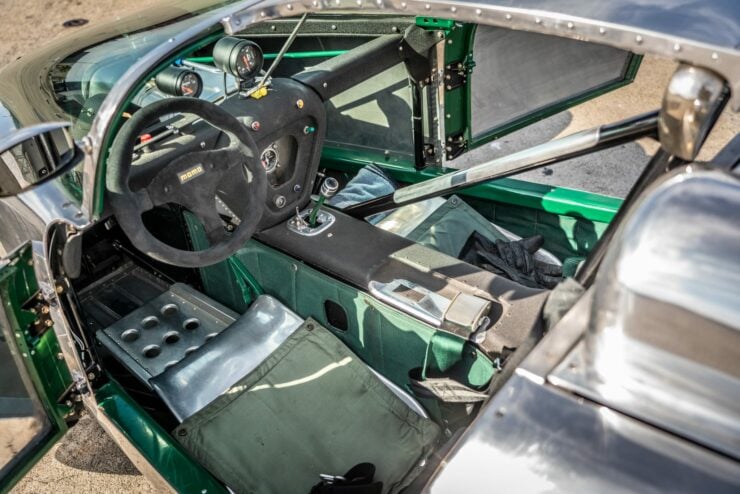
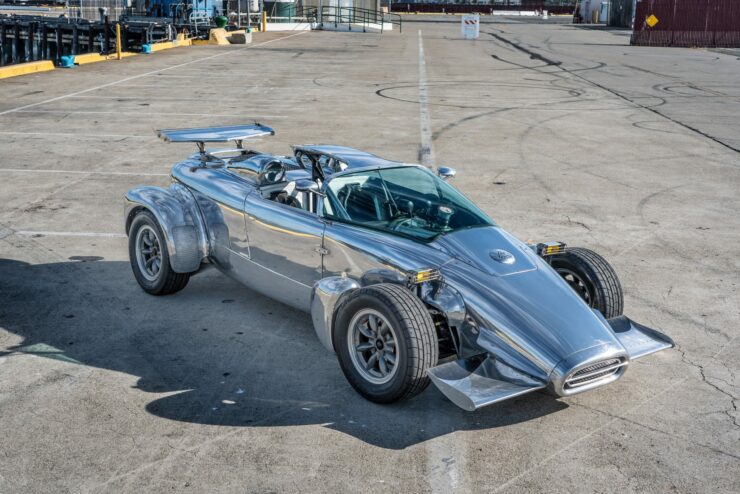
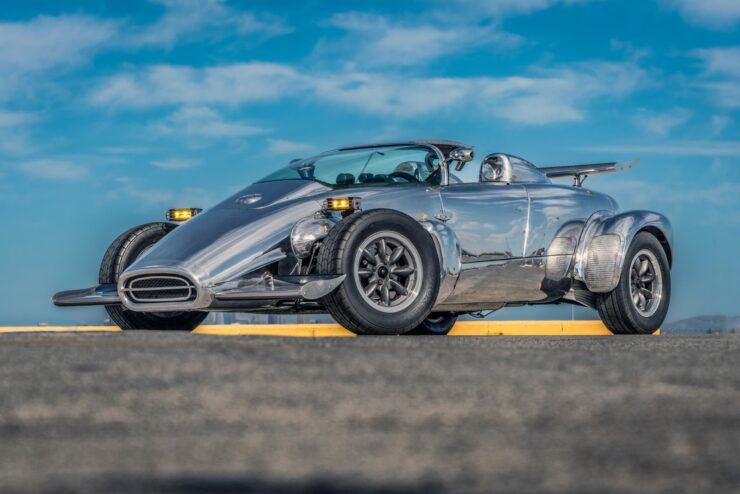
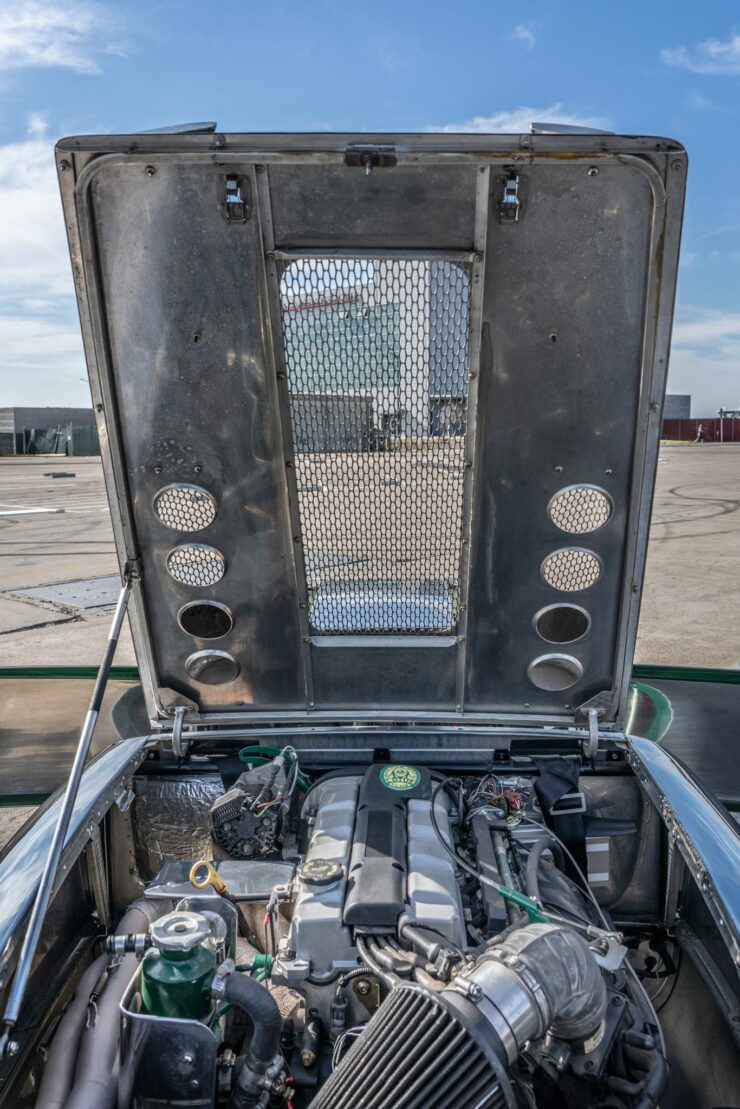
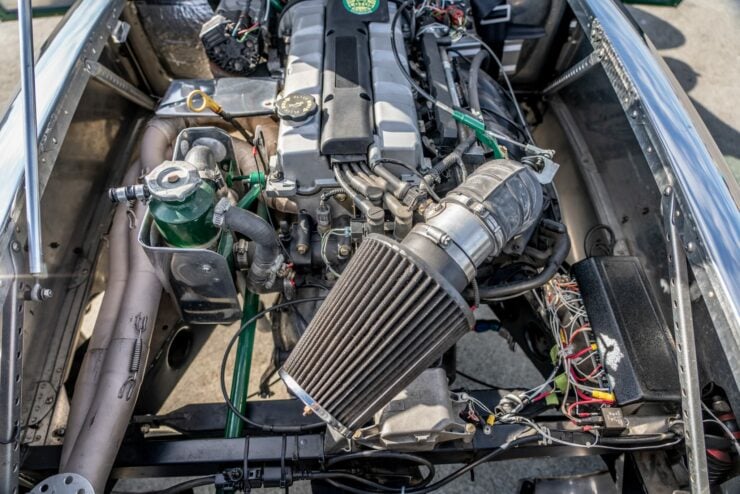
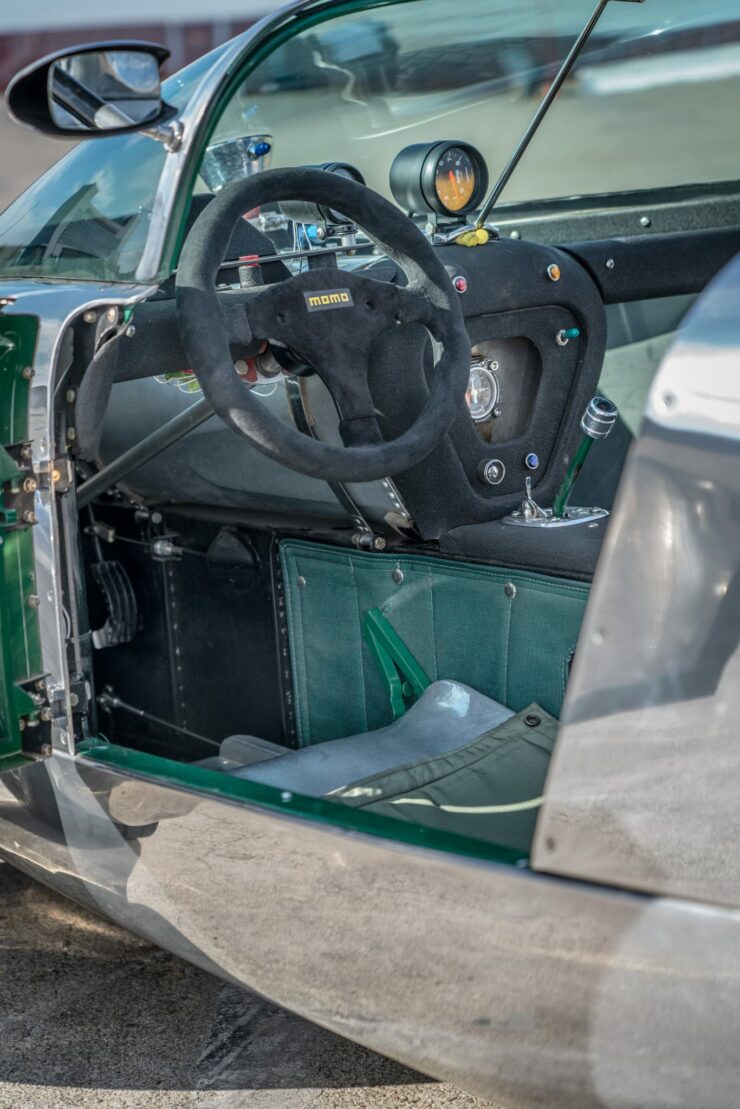
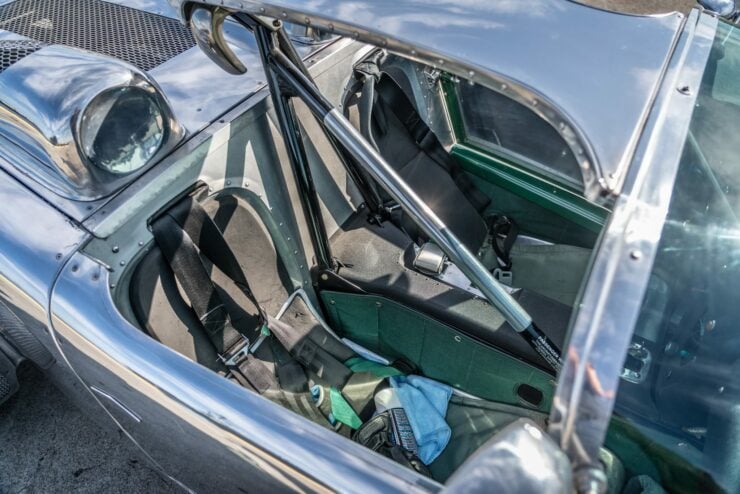
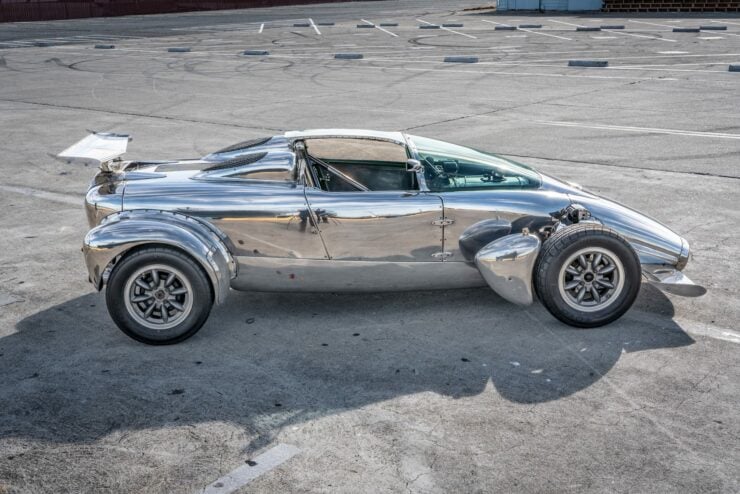
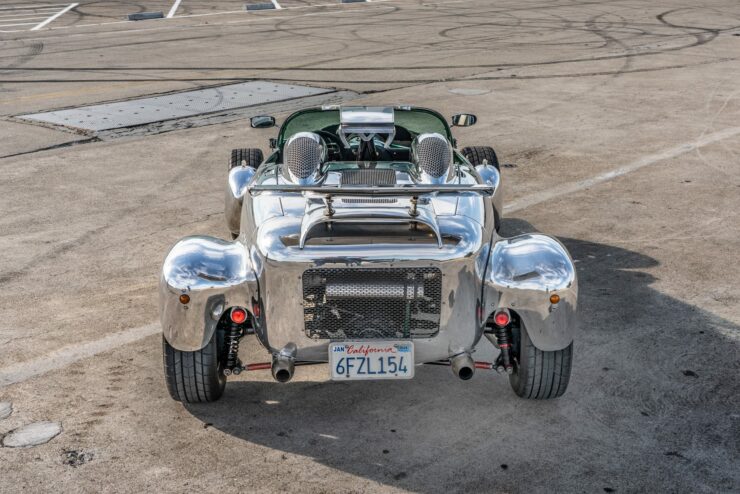
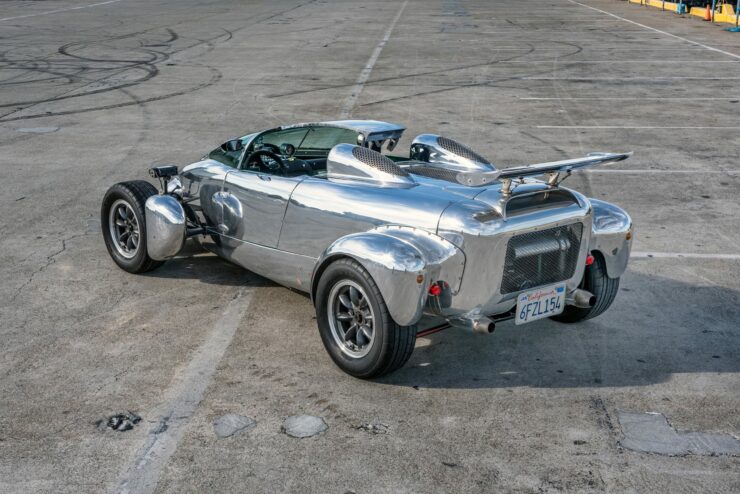
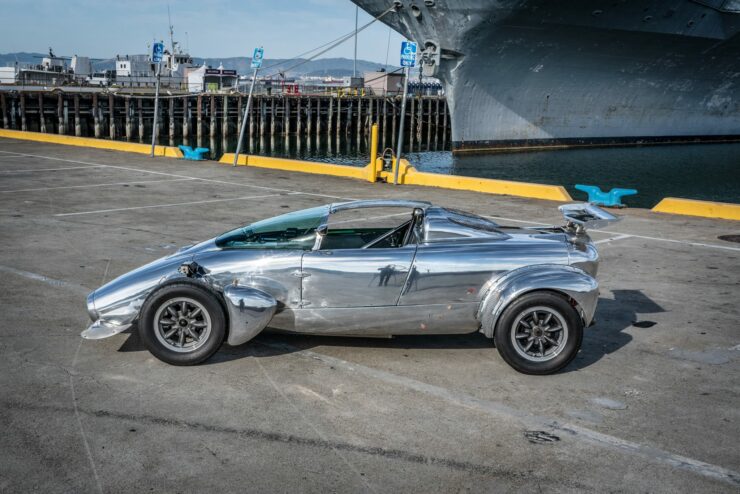
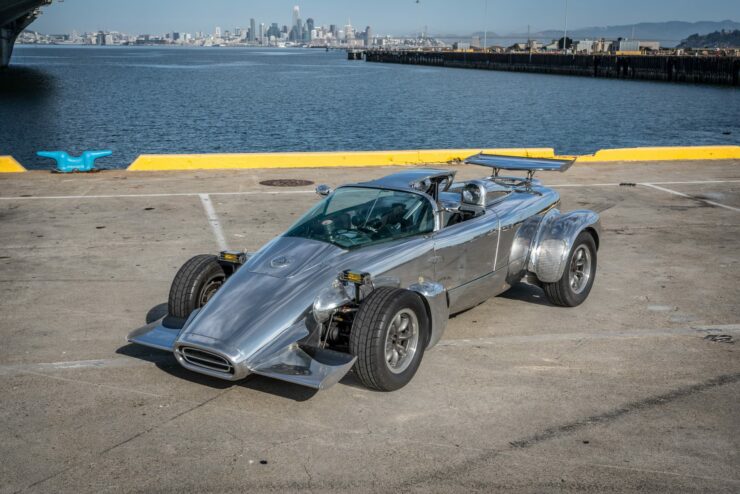
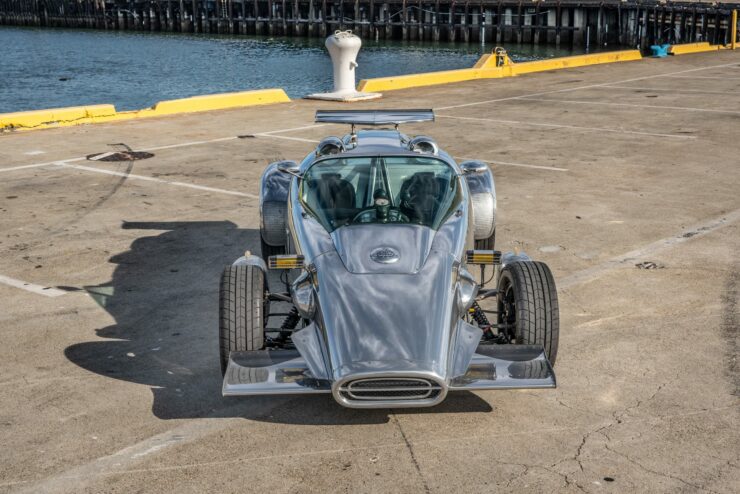
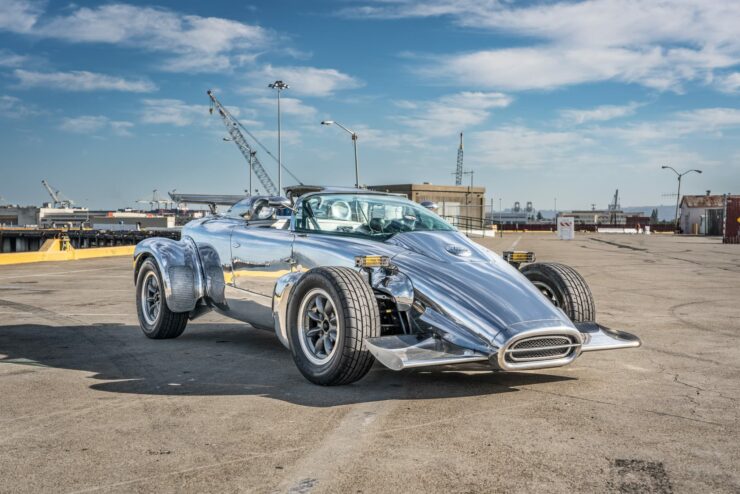
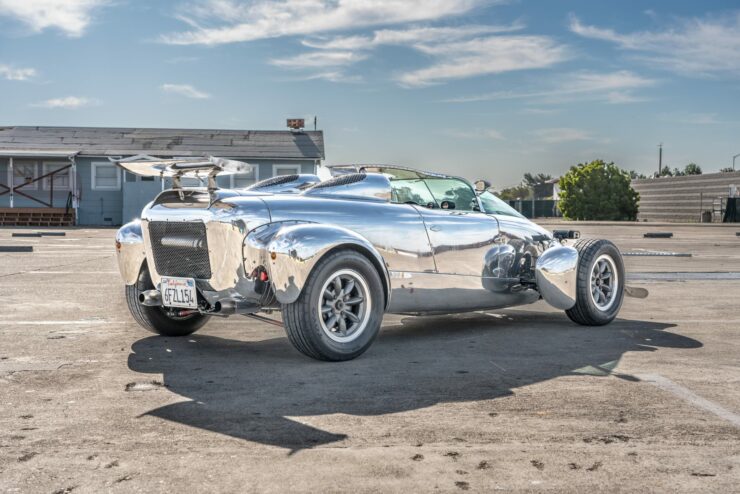
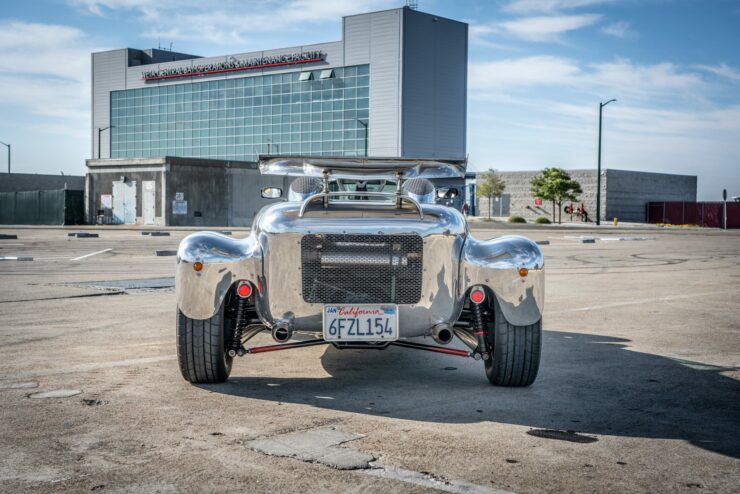
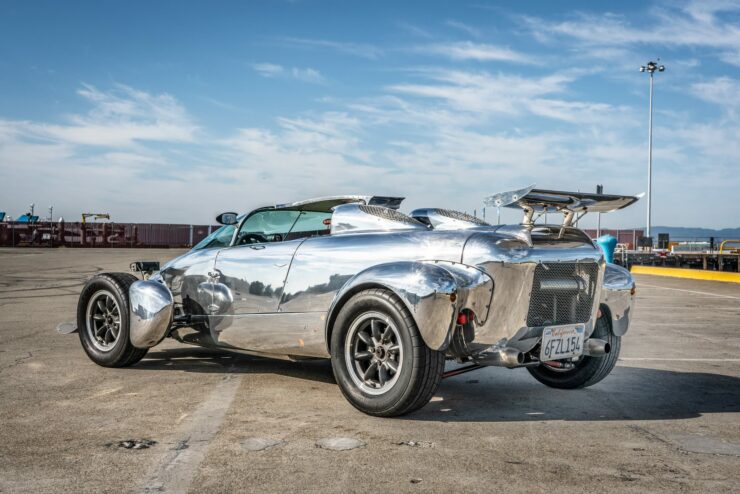
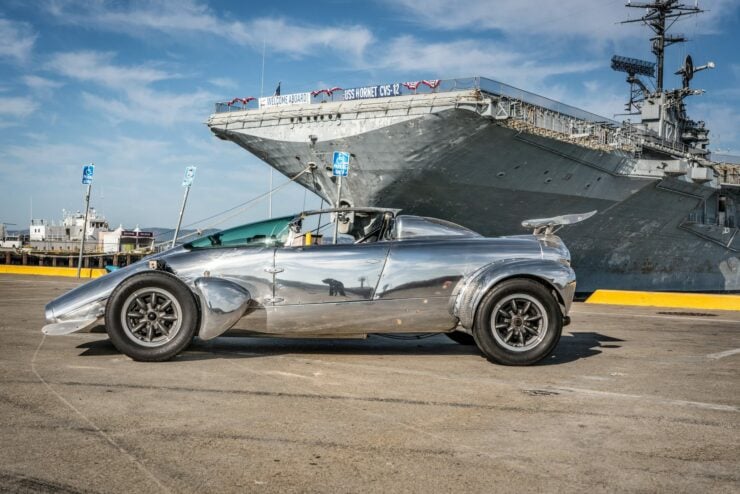
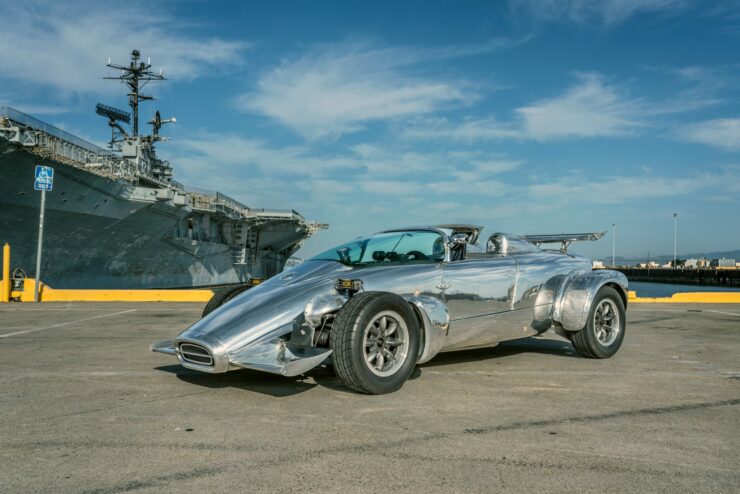
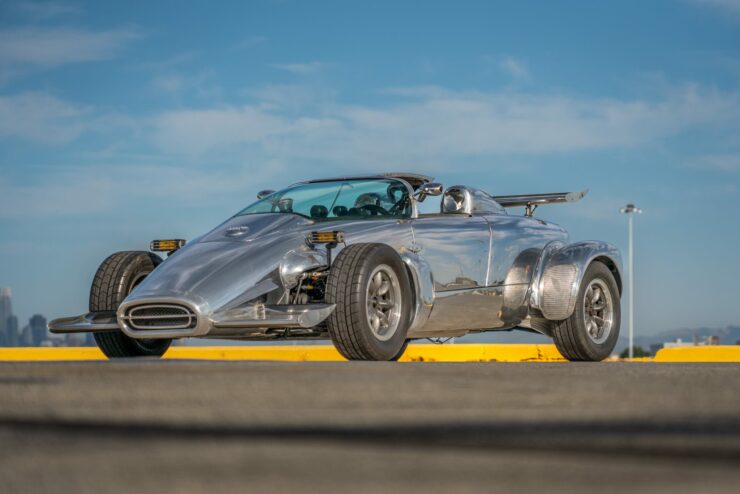
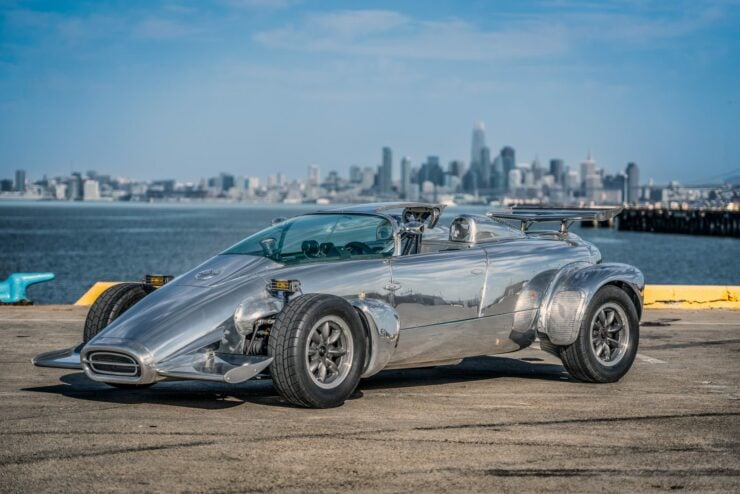
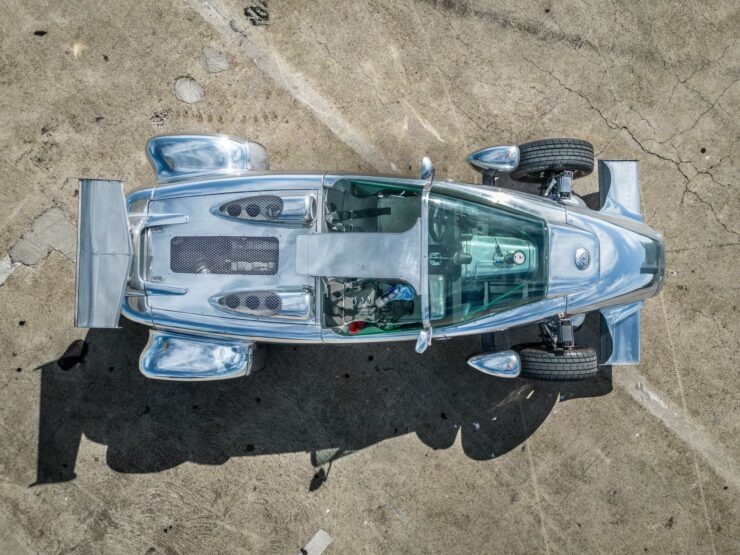
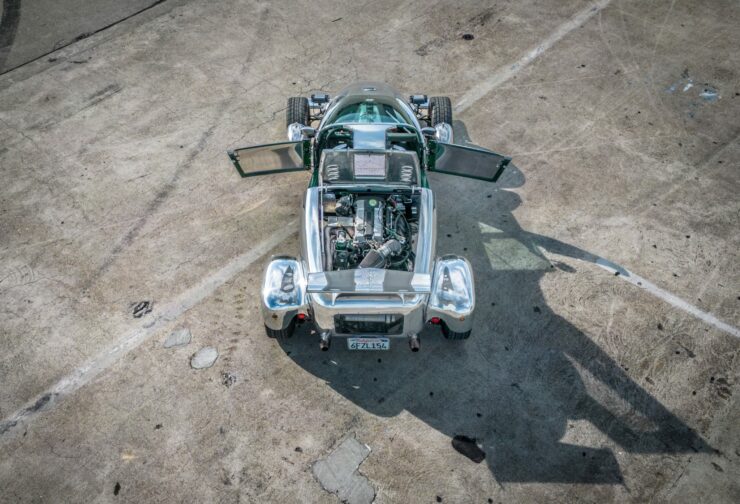
Images courtesy of Bring a Trailer

